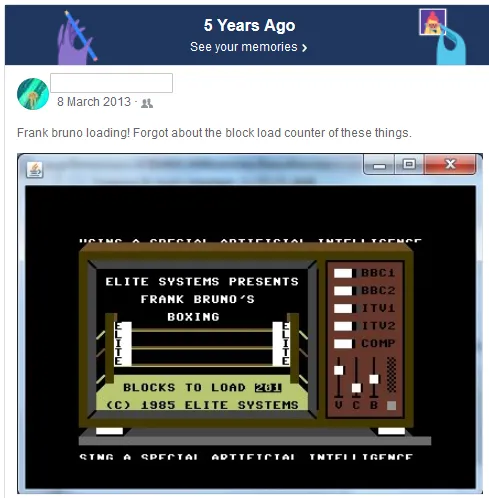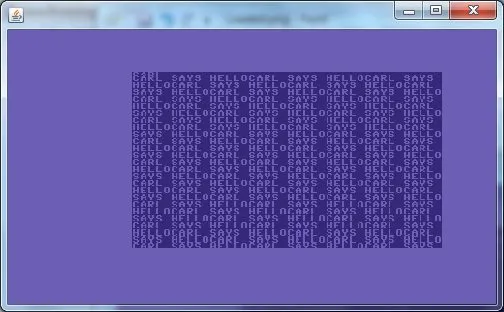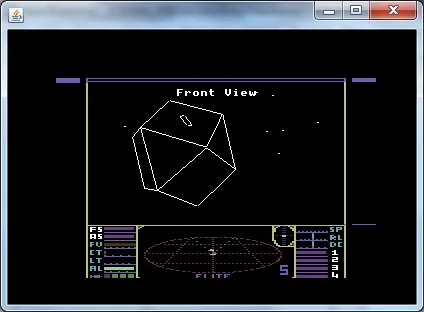Hi all,
I loathe Facebook most of the time, but it did remind me of something I'd completely forgot about!

Five years ago, I spent some time investigating how Emulators worked. I then set about prototyping a Commodore 64 emulator (being a fan and owner of the time) in JAVA.
After some very frustrating late evenings, I managed to get a few screens popping up! Given the core of the 6510 CPU was emulated, ROM loading and a few of the VicII chip display modes were operational:

Things progressed nicely, with a few basic games starting to load (from tape) and play:

..and steadily, more commercial games began to emerge, as I worked through bugs:




I remember that I put a hold on the project, as I had got what I wanted out of it. I.E. I learnt how they worked and could see a few games playing. However, life often gets in the way and I returned to use mainstream emulators.
I need to state that I can honestly put my hands up and declare that I ignored all other open-source emulators.
My development was solely based on the brilliant Commodore 64 reference manuals; thus acted in a way that the original emulator scene pioneers did.
I did discover and use a few 'brilliant' reference documents that the community has curated, i.e. someone kindly decrypted and documented the inner works of the VicII chip. Whilst another has created a 'test package' for all CBM64 emulators. Thus, I used these as a reference rather than resort to plagiarism from other implementations.
QUESTION
Is there any demand for me to provide a tutorial on this subject? I.E. to explain my approach, to show the code and provide it all as open source?
It isn't complete, 'yet', but it 'could be'. I remember being part way through the 'Sprites' implementation and was starting to research the SID chip for sound.
If there is enough interest, I'd be willing to commence a Tutorial on this subject. Going further, I would propose to develop in both Java and Godot-Engine script.